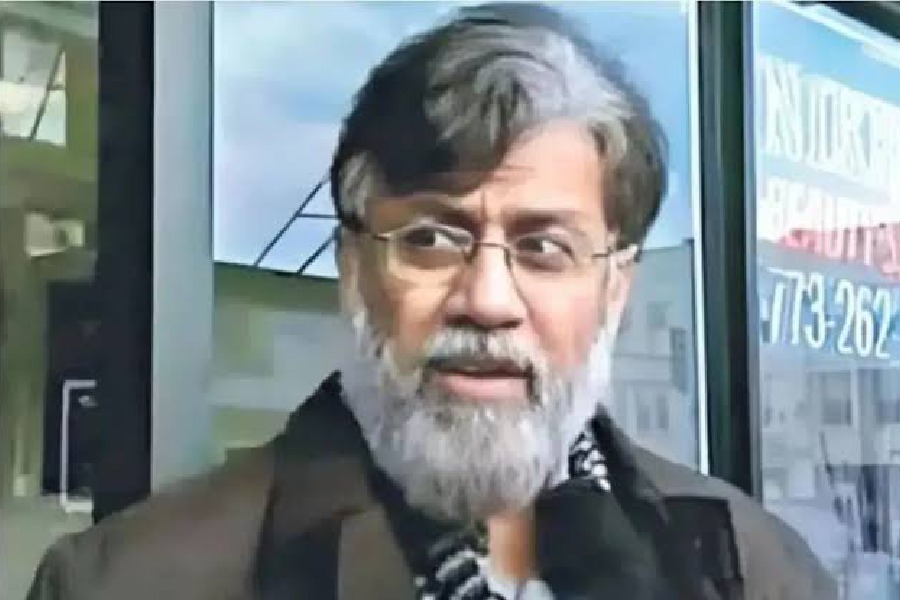New Delhi, Jan. 13: The much-hyped IT for Masses project of the ministry for communications and information technology is set to meet the fate of so many other government projects — fizzle out. Reason: lack of people participation and an inappropriate revenue model.
Kenneth Keniston, director of Massachusetts Institute of Technology —India Program and Andrew Mellon Professor of Human Development, said: “I wish them luck but India cannot follow or replicate a model for e-governance adopted in other countries which they (Indian officials) wish to implement through the IT for Masses project.” “Such projects do not work in the absence of a proper revenue model. It needs the participation not only of all those who stand to benefit from the project but also the institutions that are responsible for setting up the infrastructure, agencies that will provide the funds and the system that will be responsible for implementing it,” he added.
Last year, the government set up a group of officials and professionals to suggest measures to bridge the ‘digital divide’ that might arise out of use of information technology and IT-based solutions. In its report, the group had set an ambitious target of 100 million Internet connections by 2008 and 1 million Internet-enabled IT kiosks in the country.
It has also set a vision to provide IT infrastructure in 60,000 schools in the next five years and web-enabled citizen-oriented government services. All government information and payments are to be made available on the Internet once the government decides to implement it across India.
In a chat with The Telegraph, Keniston emphasised the need to remove the political and social bottlenecks in villages and remote parts of the country if projects like IT for Masses are to succeed.
A senior official in the department of information technology acknowledged that the e-governance and IT for the Masses projects, which were still at the initial stages, were facing problems in many parts of the country.
“While such initiatives are aimed at removing the existence of middlemen, a few instances in Madhya Pradesh and Andhra Pradesh have shown that there is strong resistance from the local politicians,” said a source in department of IT under the communications ministry.
“Bureaucrats derive their power by restricting the right to information and a thorough knowledge of the administrative system. They do not want the people to get direct access to information or the officials. Villagers have to depend on middle-men to access local information from the computers that have been installed in the panchayats,” the source added.
Keniston feels that this is one of the major problems that the government will have to solve if the IT for Masses project has to become a success. “The government will have to demonstrate that with the installation of the computer/Internet in a village which has its own cost -- both capital, human and incremental -- the basic needs of availability of water, health, education and sanitation have been met using them.”
“One project sponsored by the government and funded by a foreign development institution in India to provide local information like the price of vegetables in the wholesale market failed within a week of its launch. Just a week after the inauguration, the person who needs to fill in the latest price of the vegetables in the local wholesale market failed to do his duty.”
“Villagers are intelligent people. When they saw the same price for four days continuously, a villager went out to the market and checked out the price. He found that it had changed each day in the last four days. So, they have again hopped on to their bicycles or their bullock carts to go to the market to check out the price and strike deals,” said Keniston.










